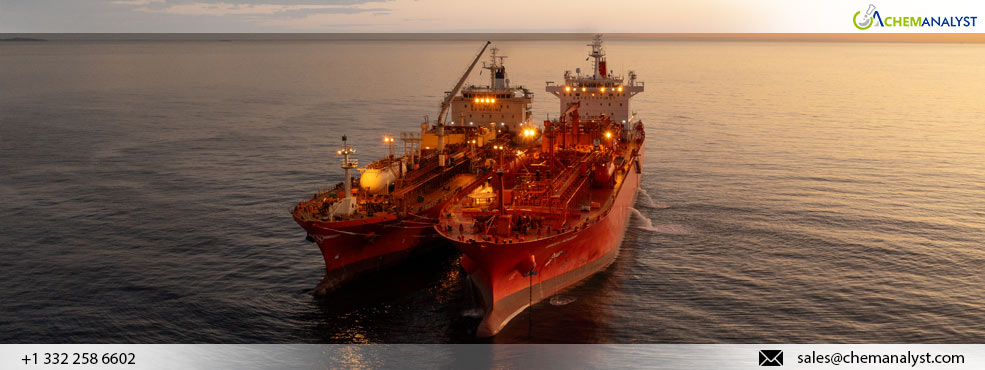Welcome To ChemAnalyst

The world's first ship-to-ship ammonia transfer using vessels at anchorage in an active port has successfully taken place. This achievement marks a crucial step toward the adoption of ammonia as a shipping fuel and the facilitation of bunkering globally. Yara played a key role by providing expertise in safe ammonia handling, designating an ammonia vessel from their Time Charter fleet, and supplying the ammonia used in the transfer.
“This proves that ammonia transfers can be executed safely and efficiently in a working port environment. This operation is a significant milestone in the decarbonization of shipping through low-emission ammonia,” said Murali Srinivasan, SVP Commercial of Yara Clean Ammonia.
The operation was the result of collaboration between Yara Clean Ammonia, the Pilbara Ports Authority, and the Global Centre for Maritime Decarbonisation (GCMD), taking place at Port Dampier in Western Australia’s Pilbara region. The initiative aims to position the Pilbara as a bunkering hub for low-emission ammonia. Low-emission ammonia is generated using renewable energy and water electrolysis or through carbon capture and storage, and it releases no CO2 when combusted.
Yara and the Pilbara Ports Authority have spent over two years exploring the demand for ammonia as a fuel, as well as the necessary bunker infrastructure, safety guidelines, and regulatory frameworks. The partnership expanded with GCMD, attracting additional contributors essential for the safe execution of this transfer.
Port Dampier has a strong track record in handling ammonia, having shipped 11.8 million tonnes without incidents. The transfer involved two ammonia carriers: the Green Pioneer (35,000 cbm) and the Navigator Global (22,500 cbm), conducting a dual transfer of 4,000 cbm (about 2,715 tonnes) of ammonia.
Srinivasan highlighted that clean ammonia could significantly reduce greenhouse gas emissions from international shipping, which currently accounts for 3% of global emissions. He expressed gratitude to all partners involved and acknowledged the leadership of GCMD, as well as the efforts of Yara's team in achieving this milestone.
Laurent Trost, Yara Pilbara's Chief Operations Officer, noted that the successful trials are promising as the company advances its decarbonization initiatives. The Project Yuri renewable hydrogen demonstration plant is currently under construction and will begin integrating green hydrogen into ammonia production next year. Additionally, Yara is exploring carbon capture and storage solutions to significantly reduce carbon emissions from its operations. Trost emphasized that these efforts, along with plans for green electricity transmission, will enable the development of low-carbon ammonia for the shipping industry and other clean fuel applications.
We use cookies to deliver the best possible experience on our website. To learn more, visit our Privacy Policy. By continuing to use this site or by closing this box, you consent to our use of cookies. More info.
